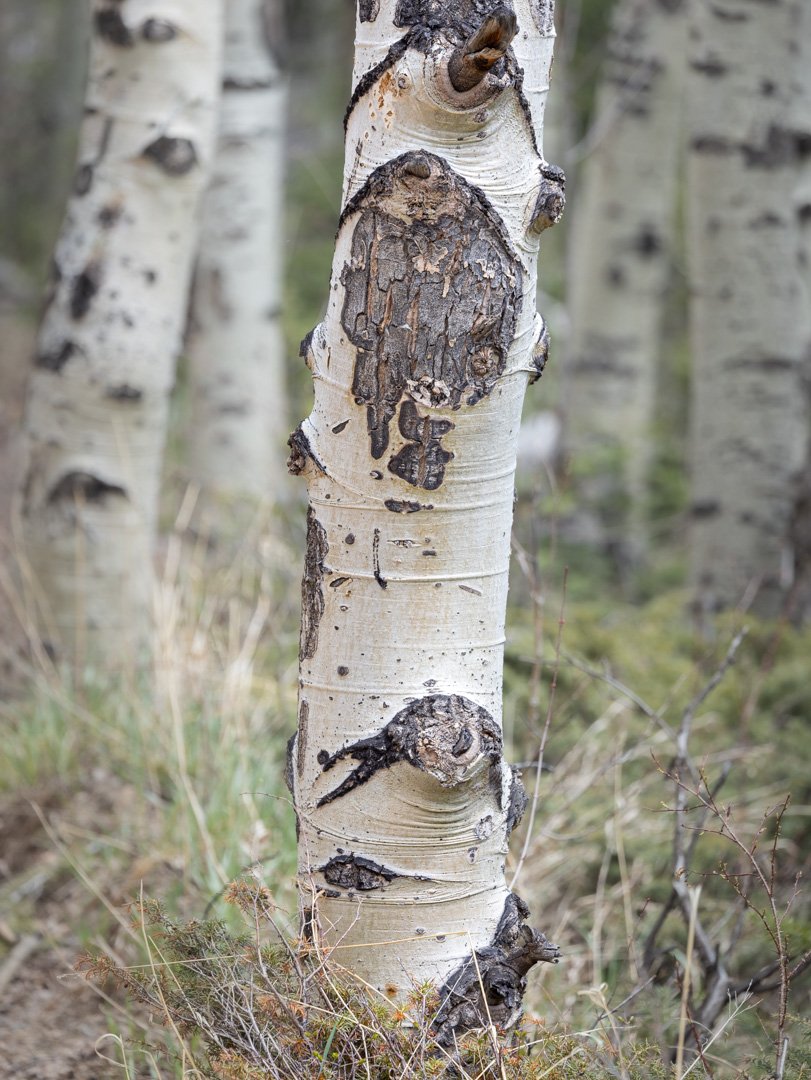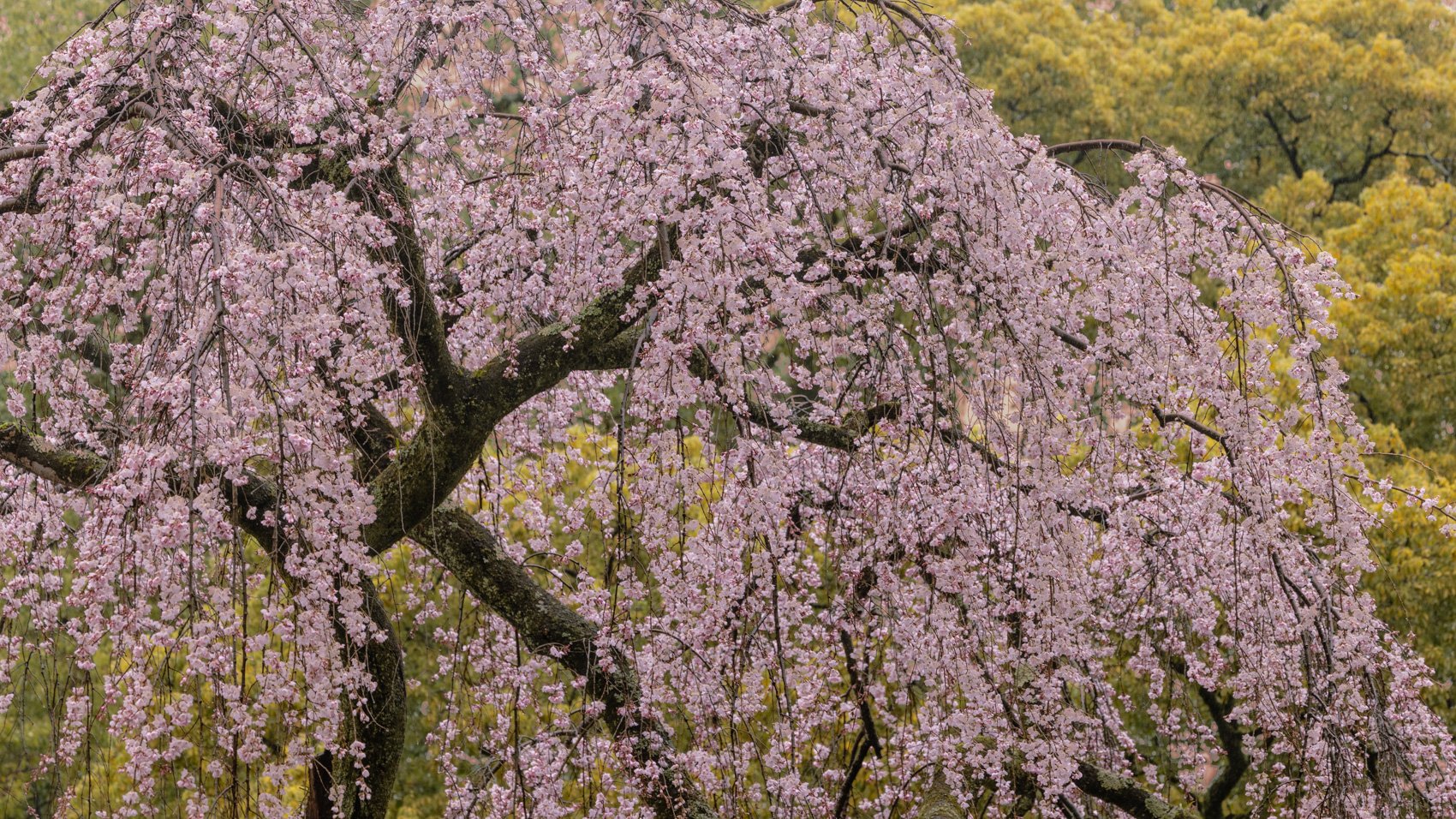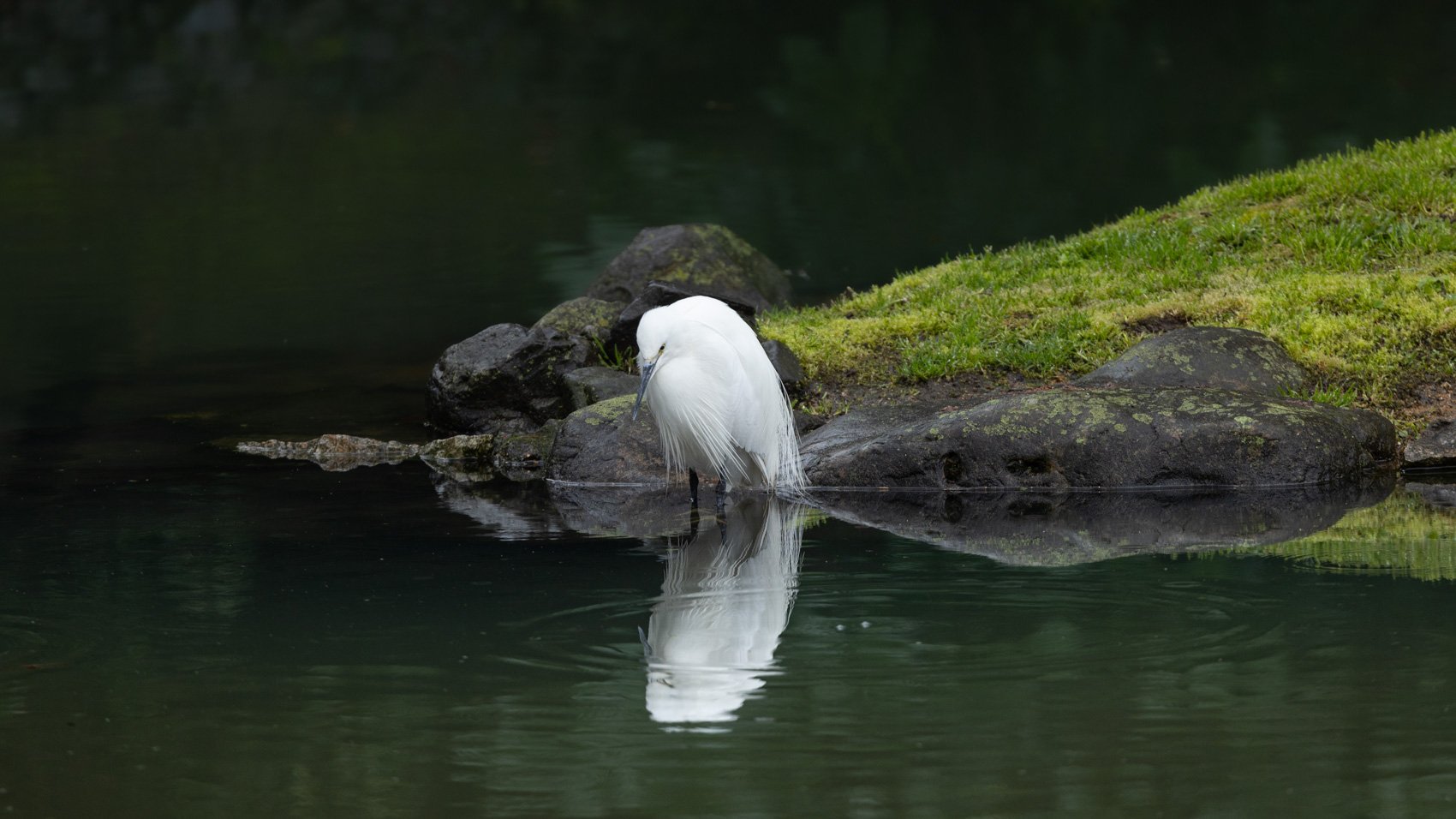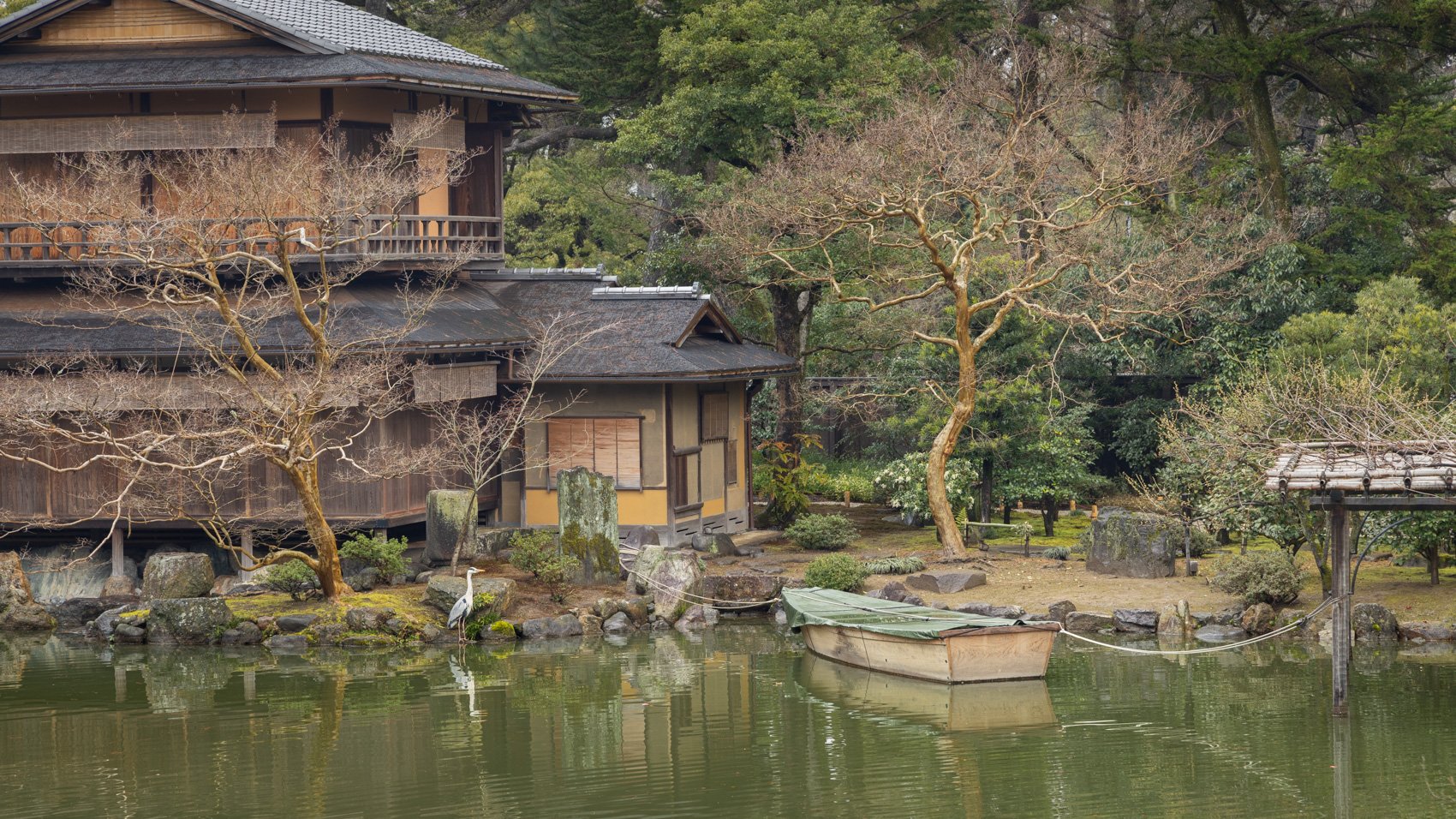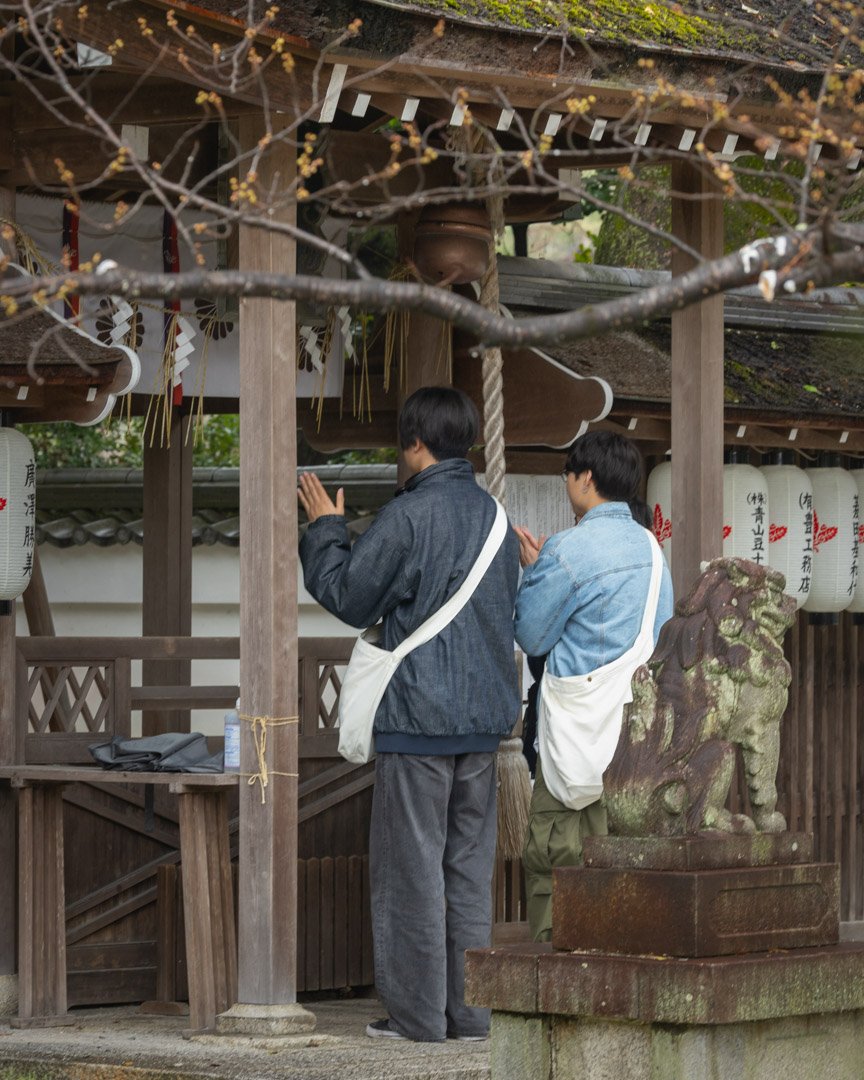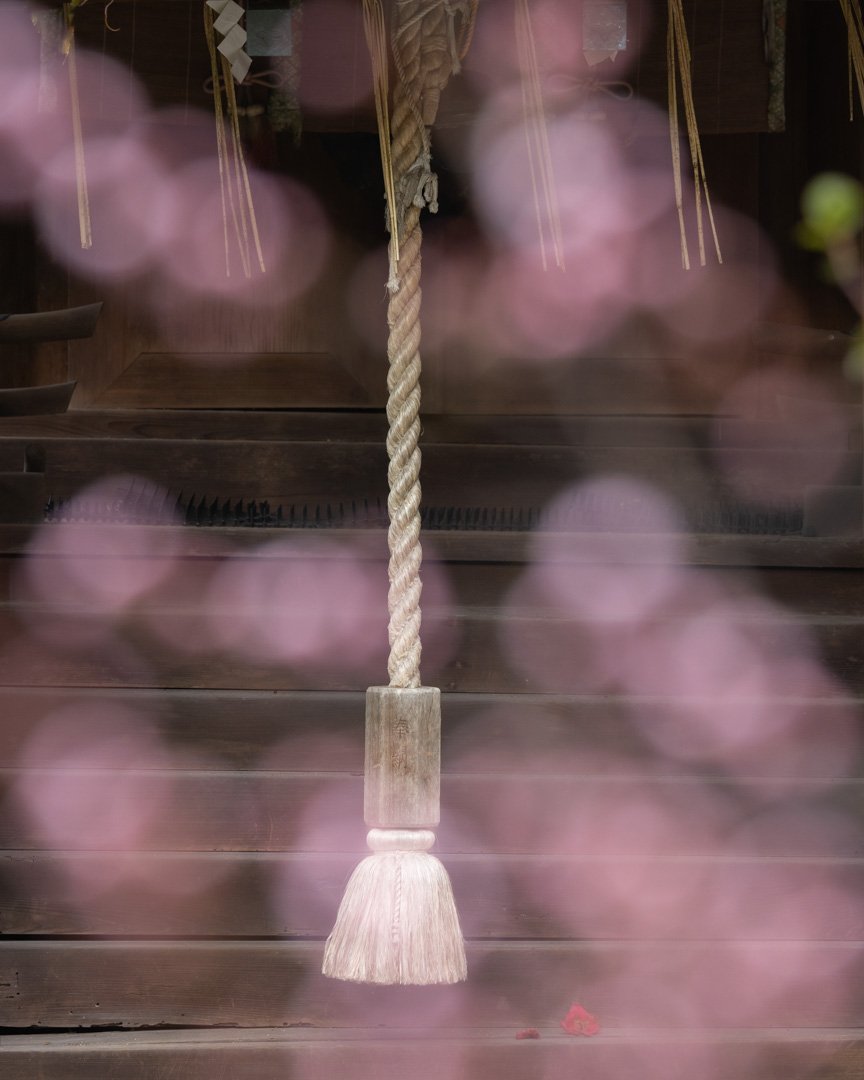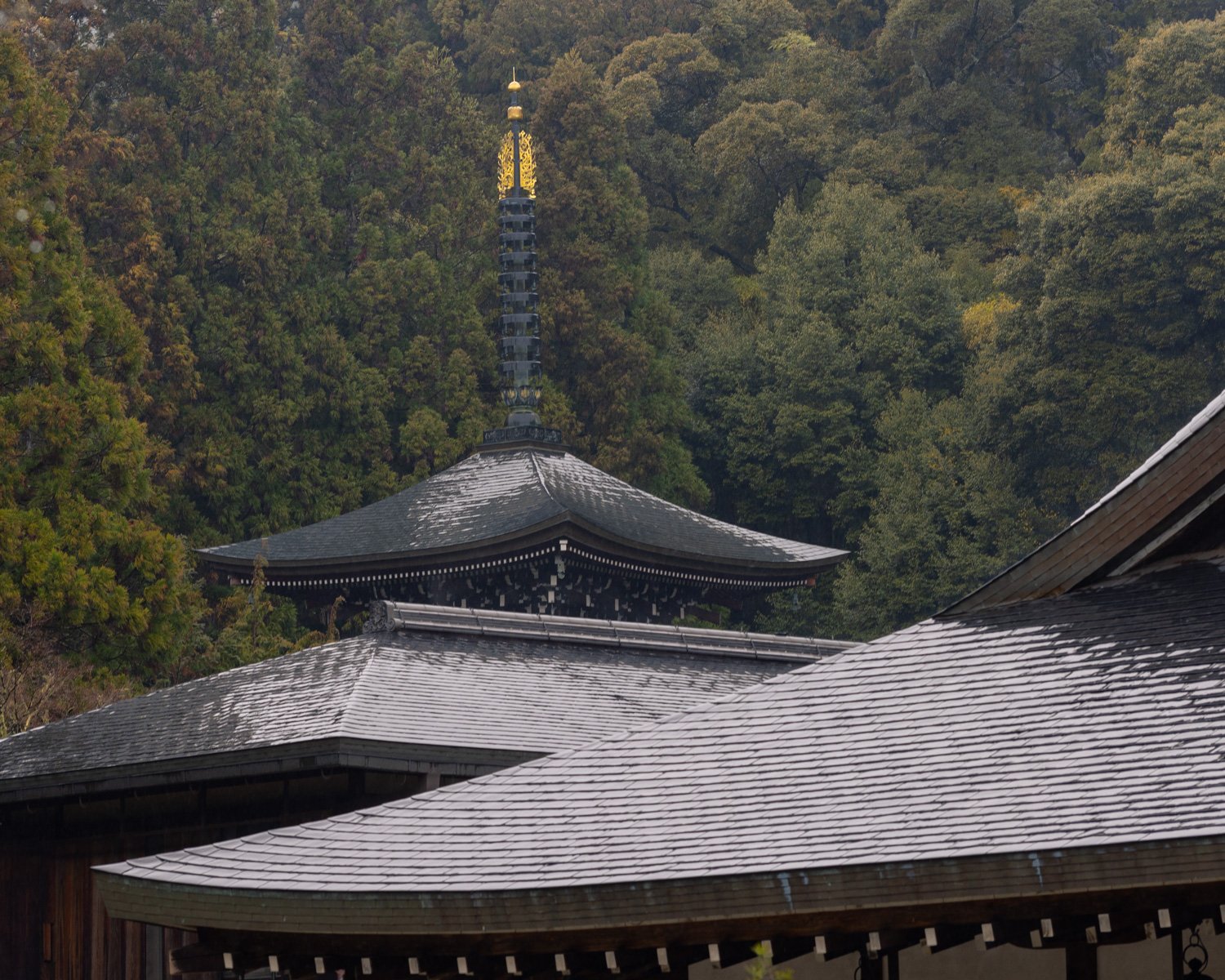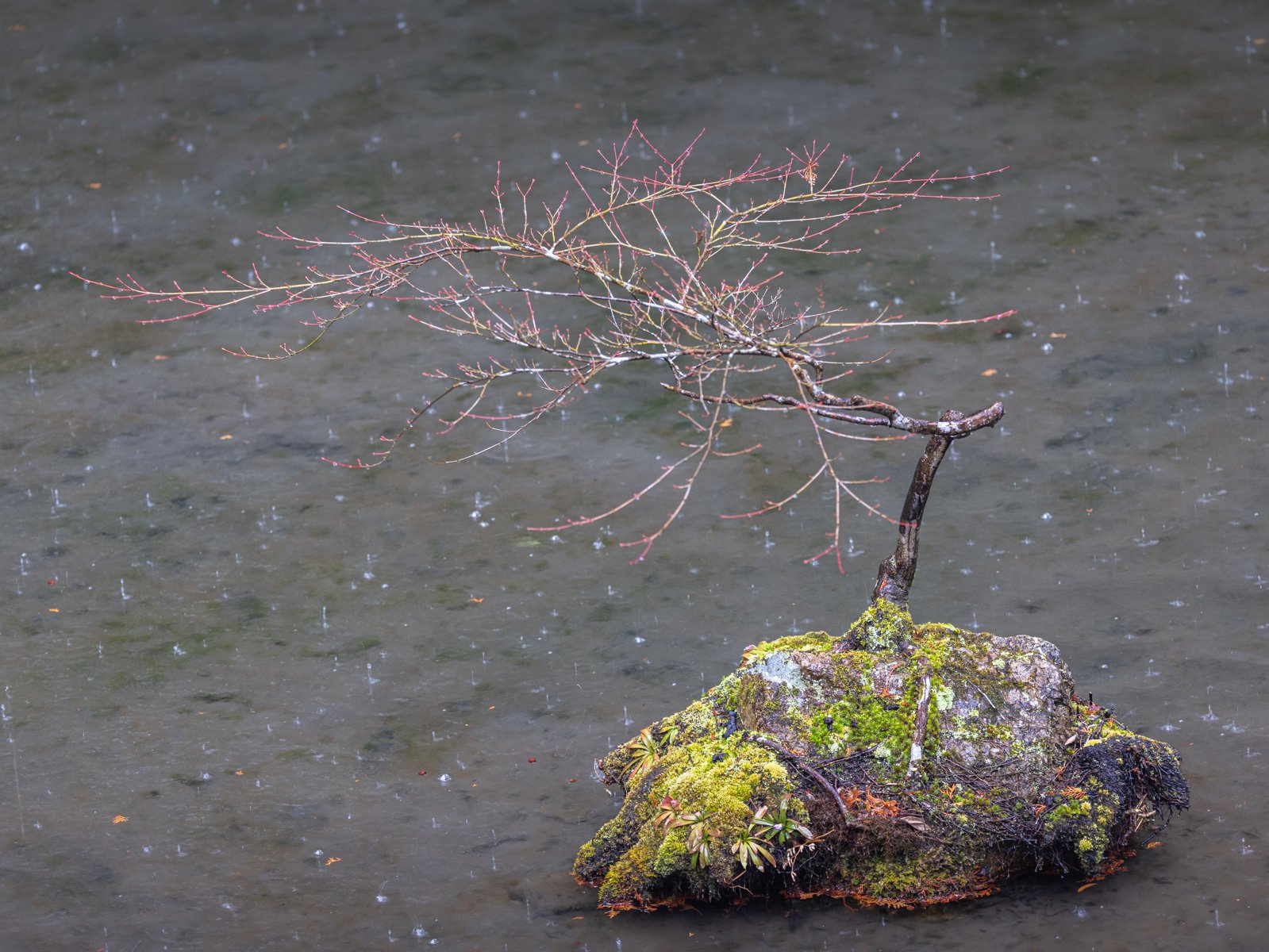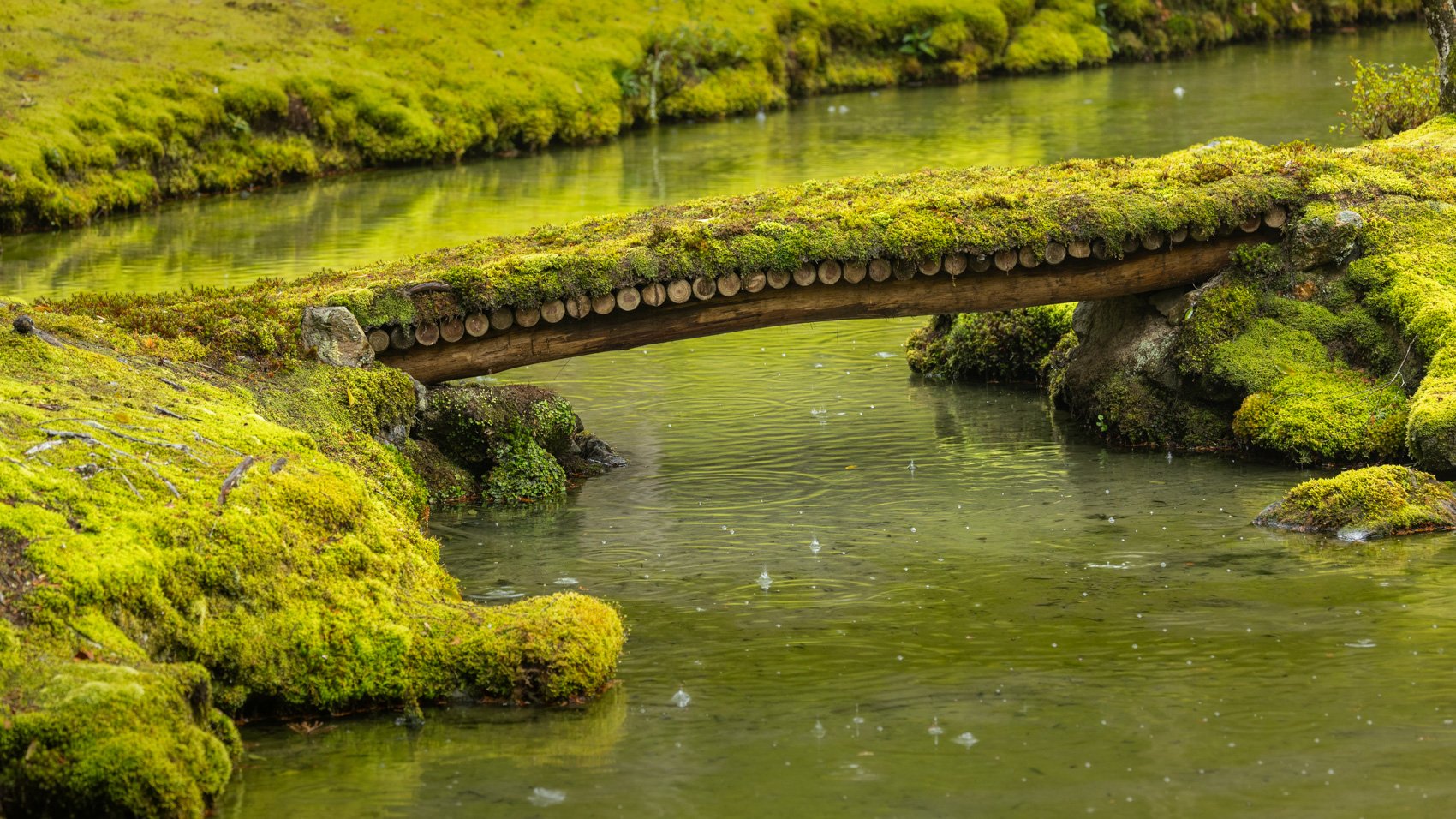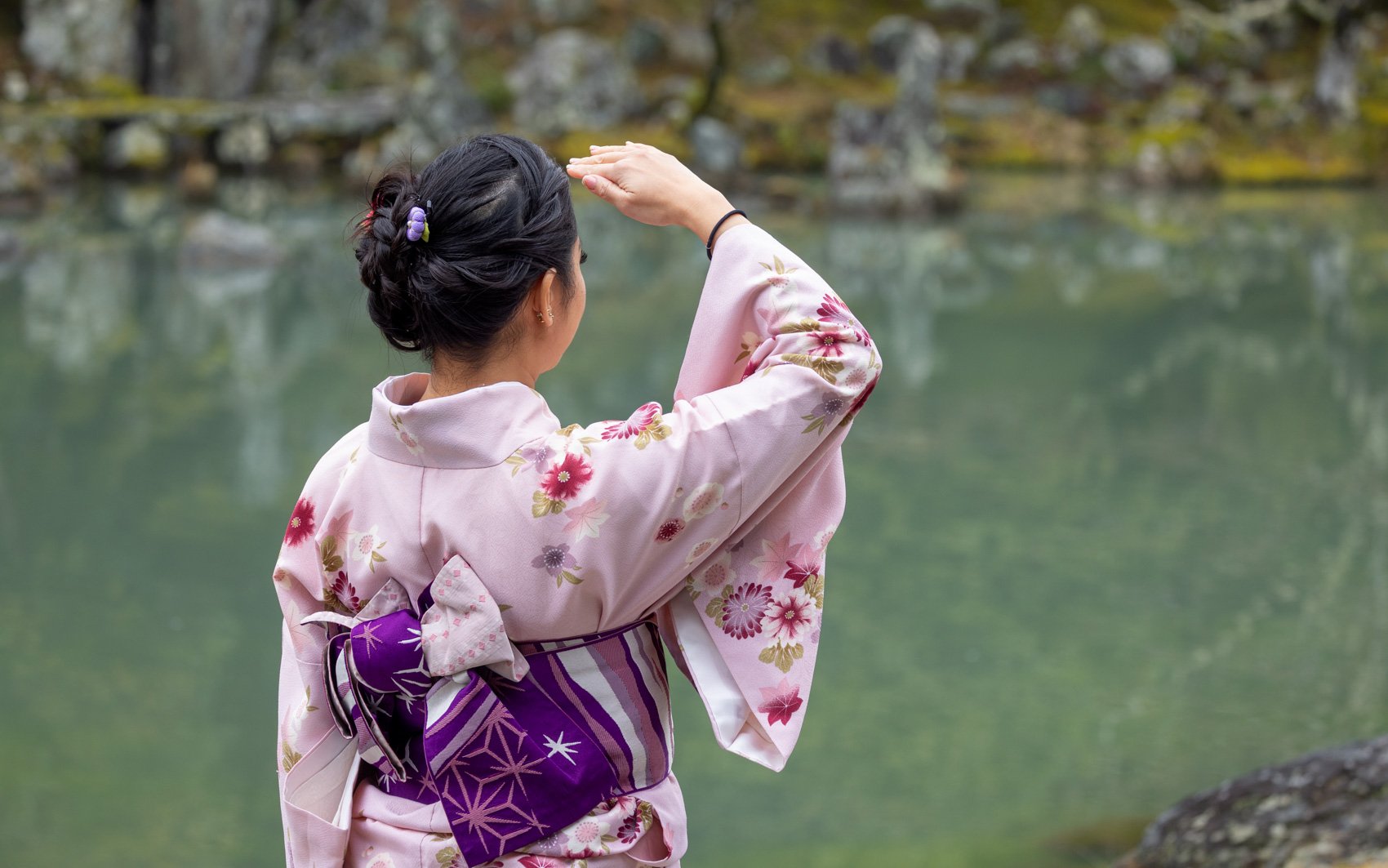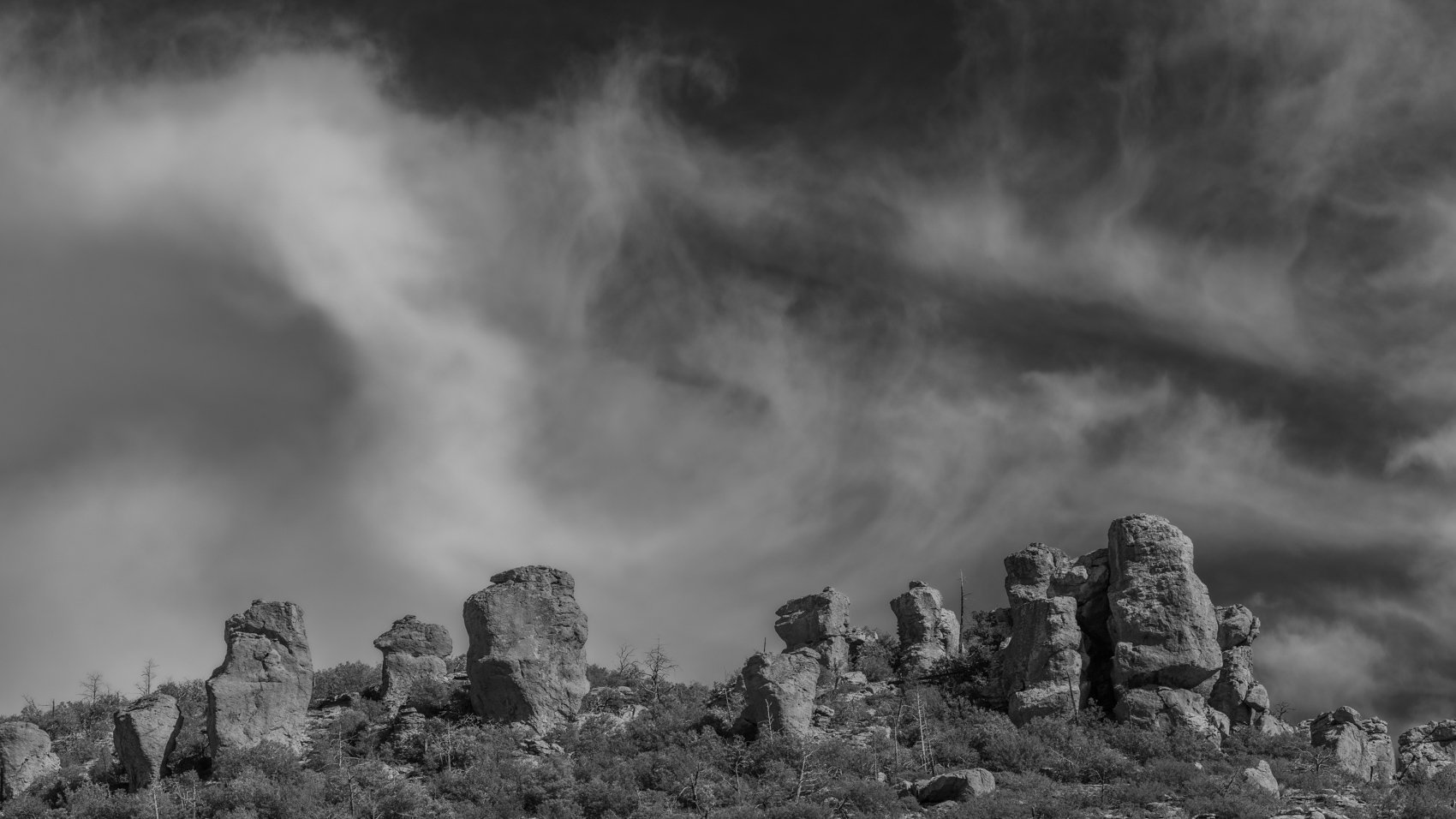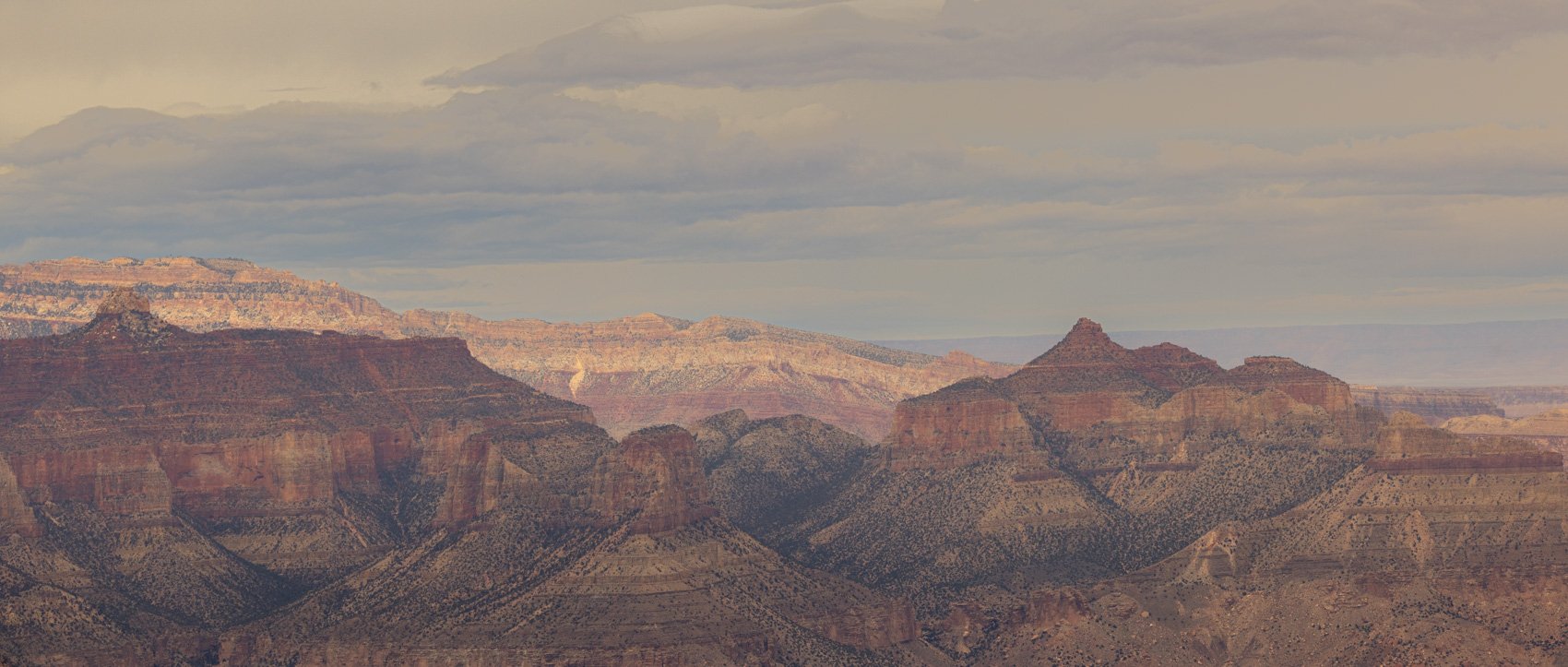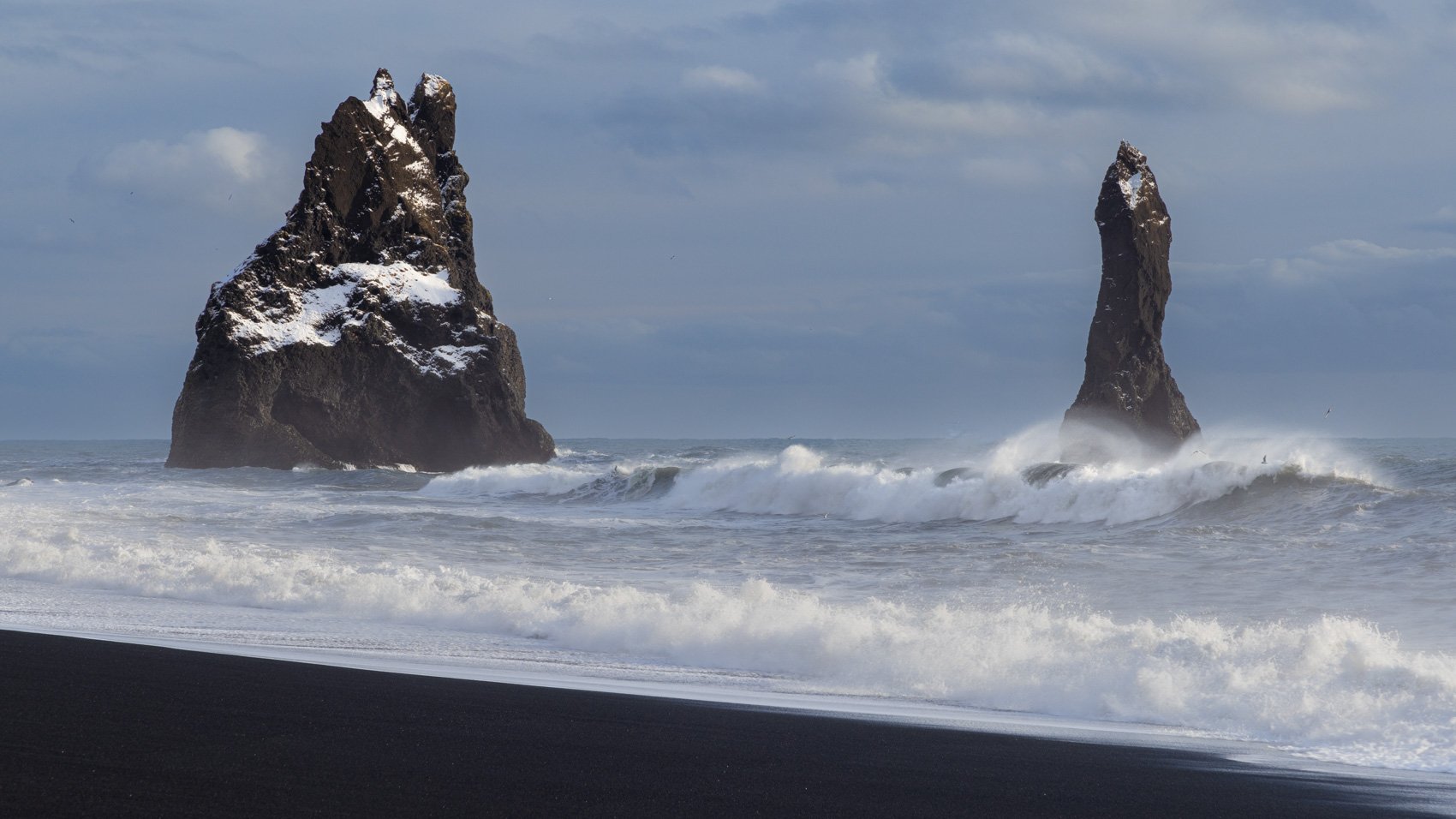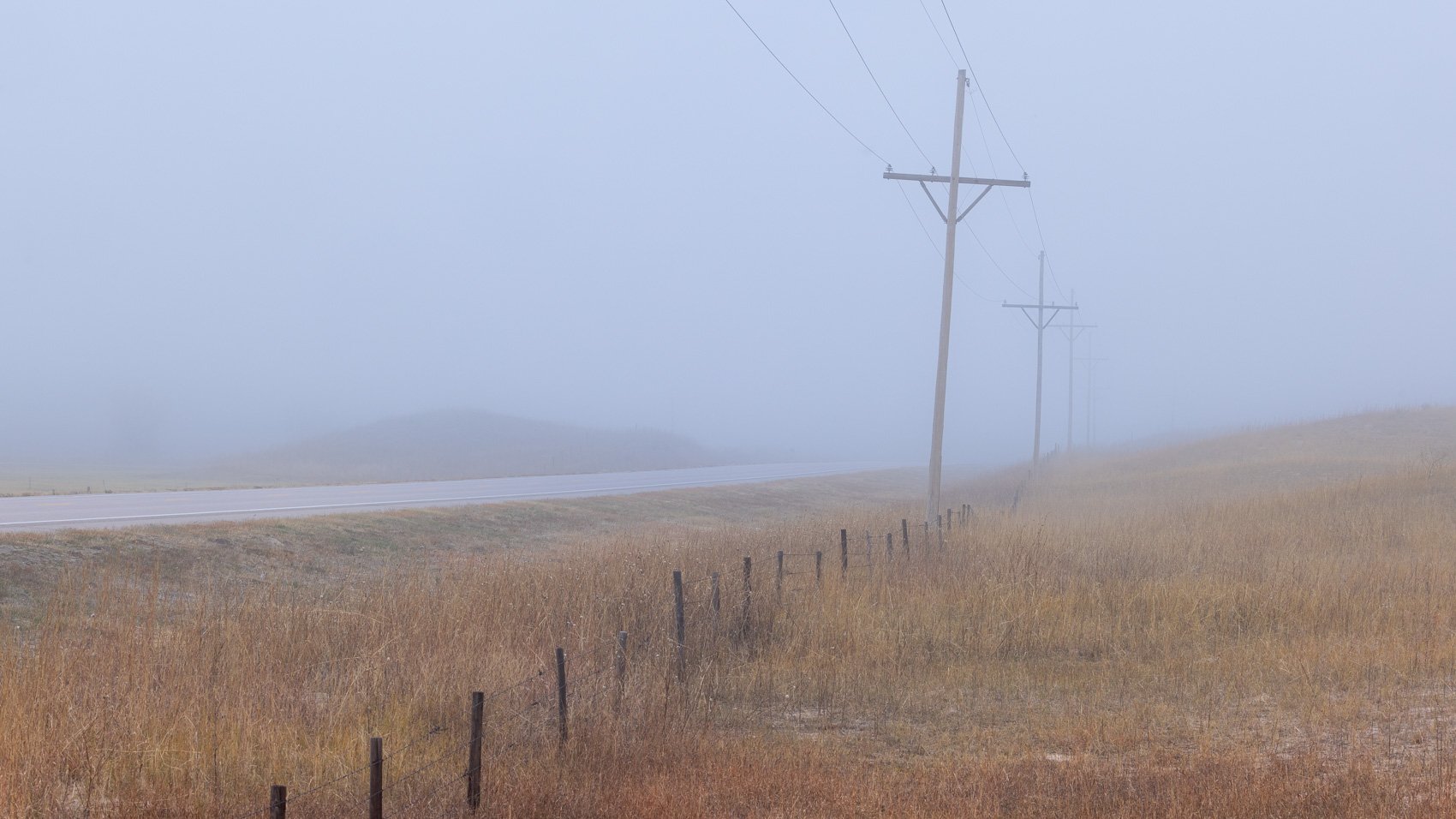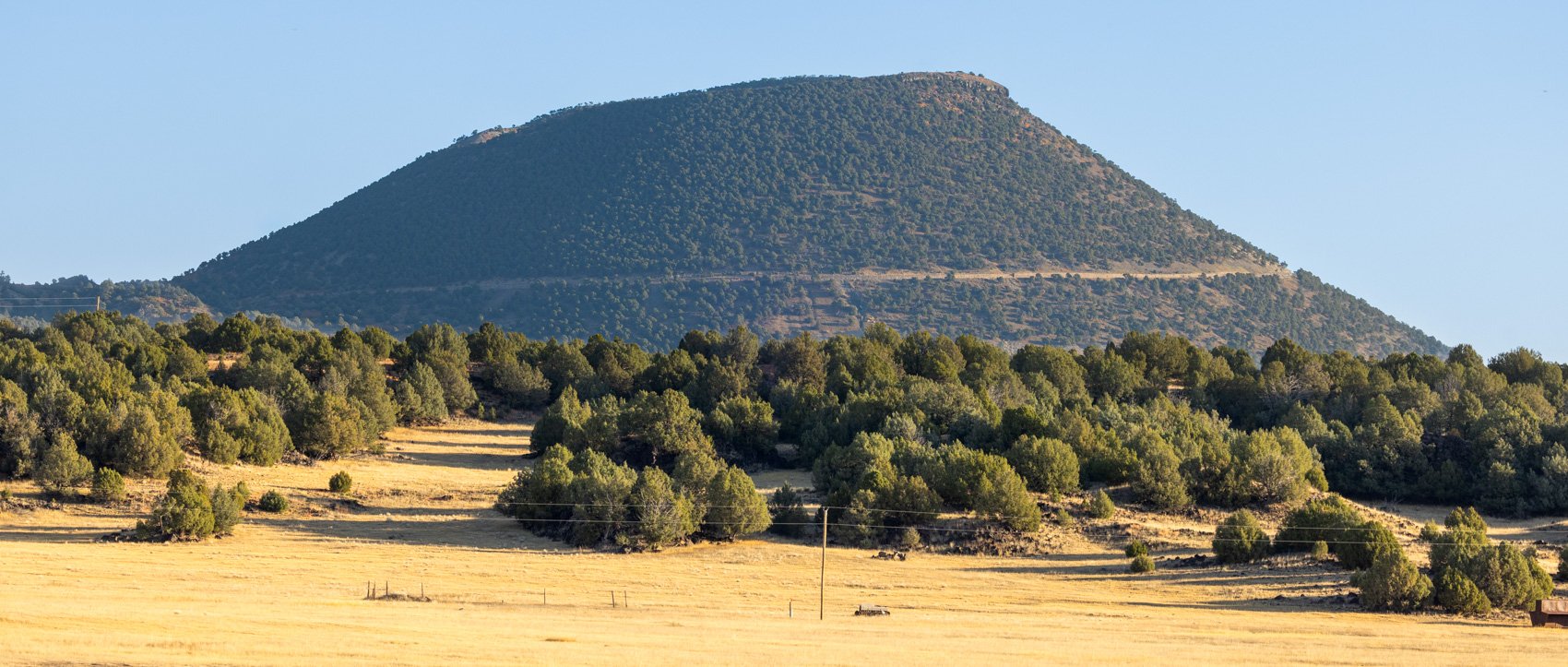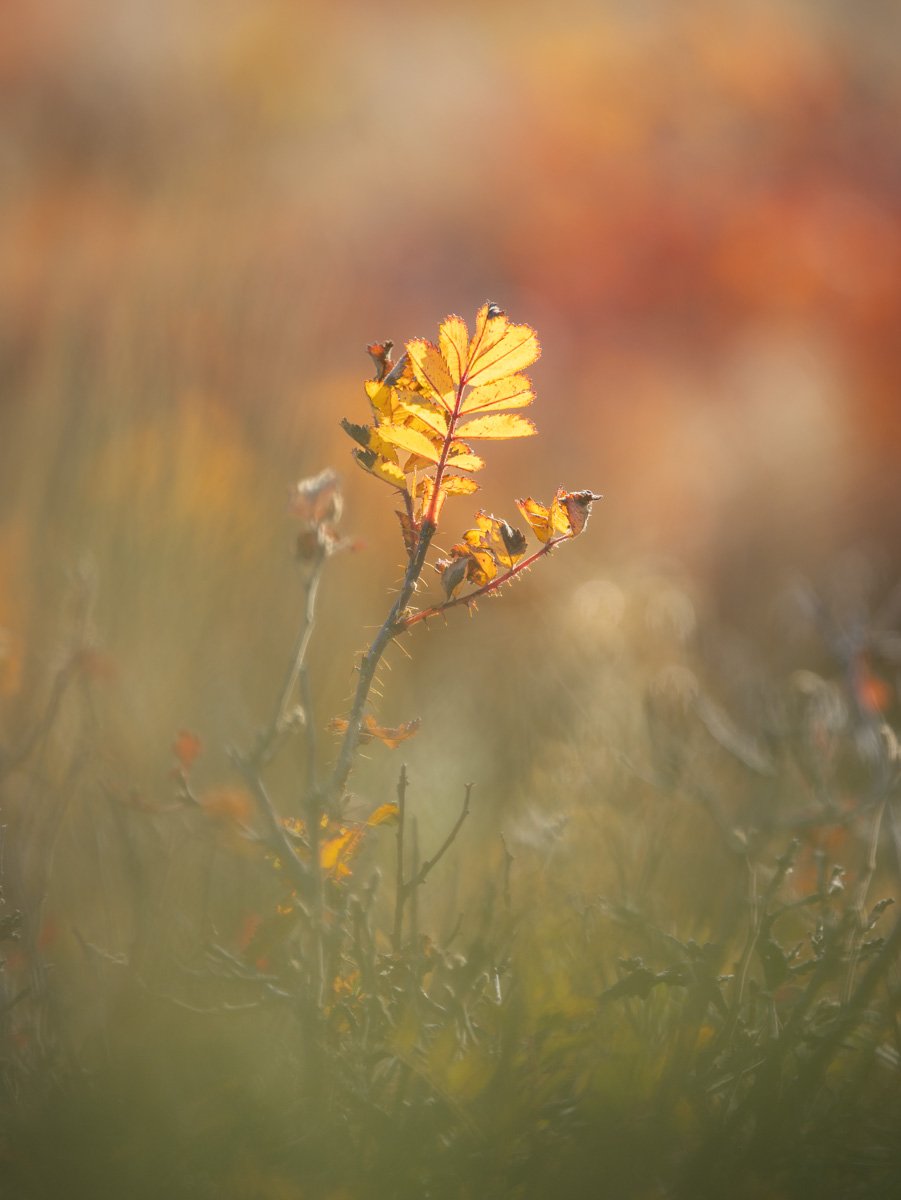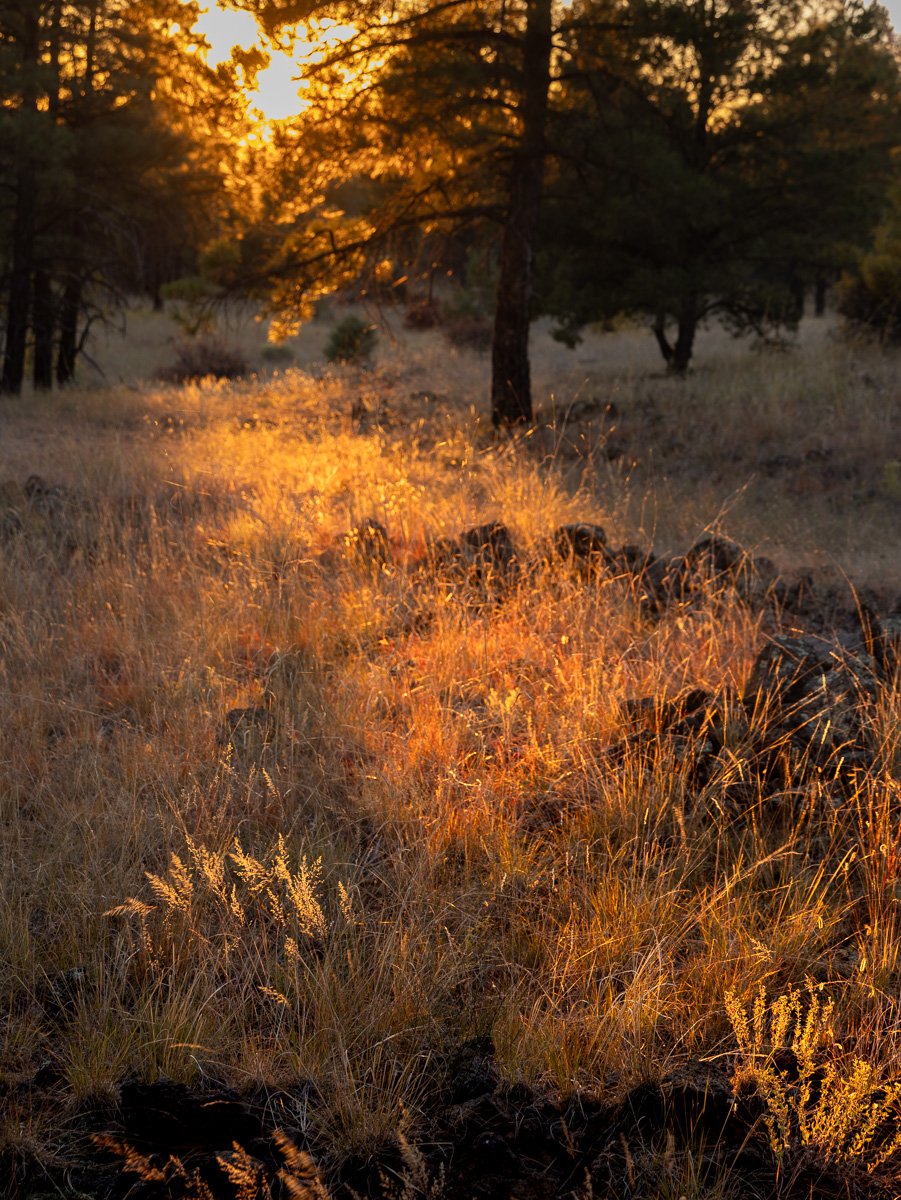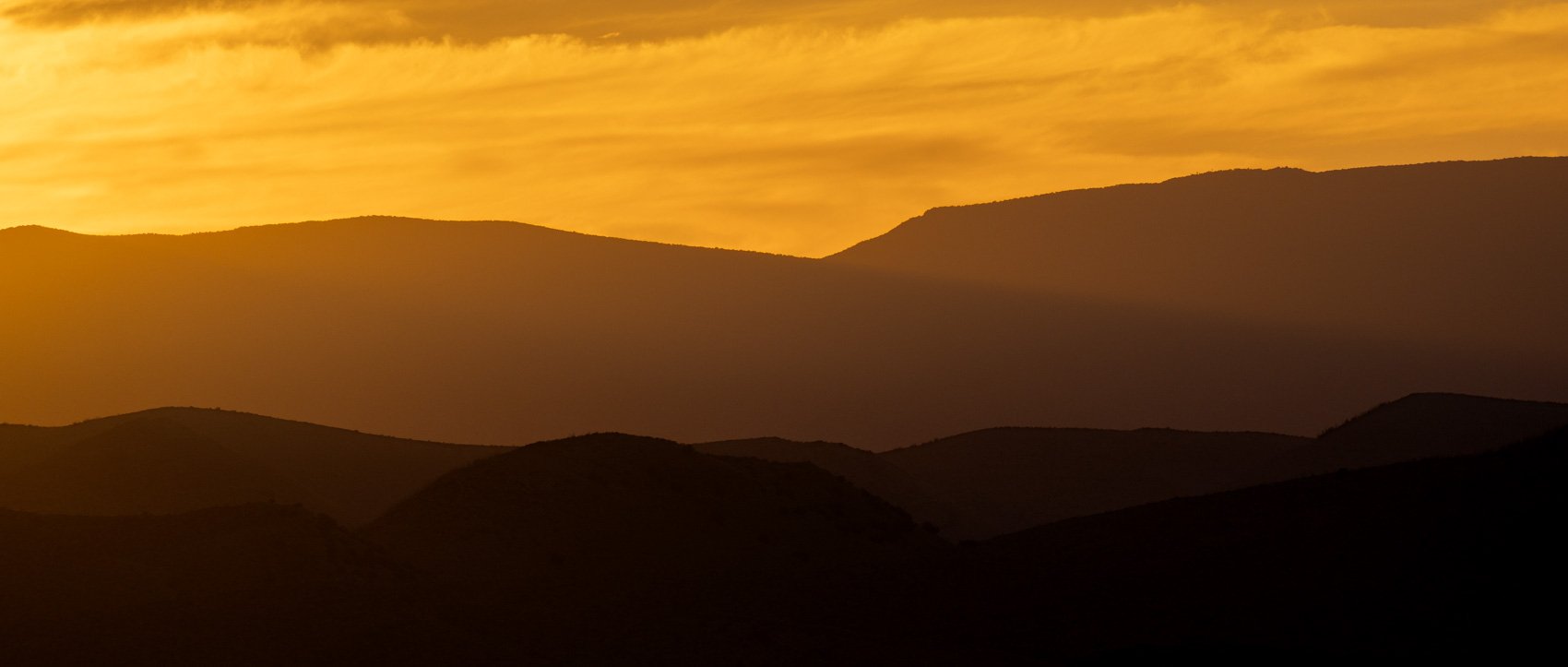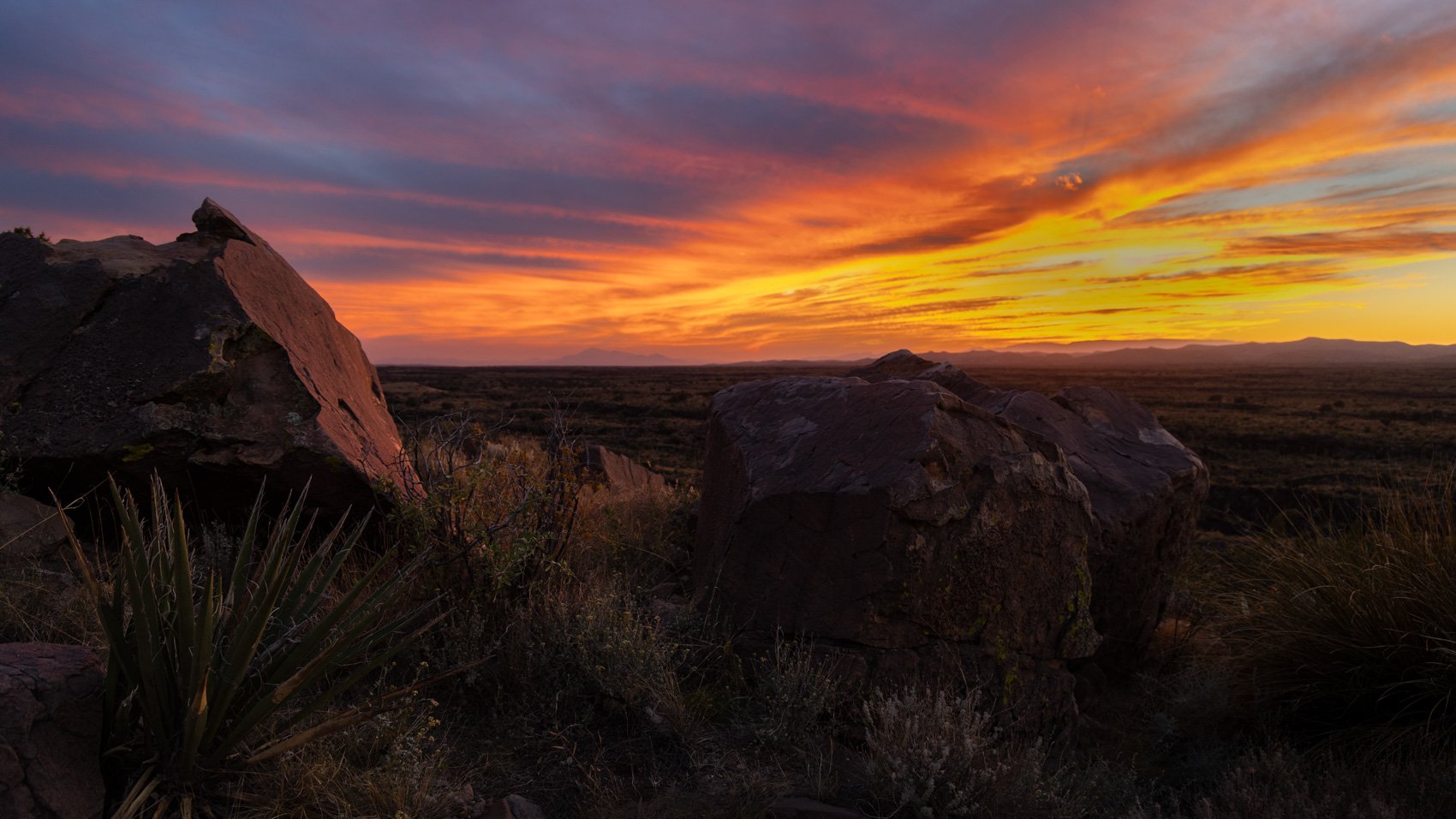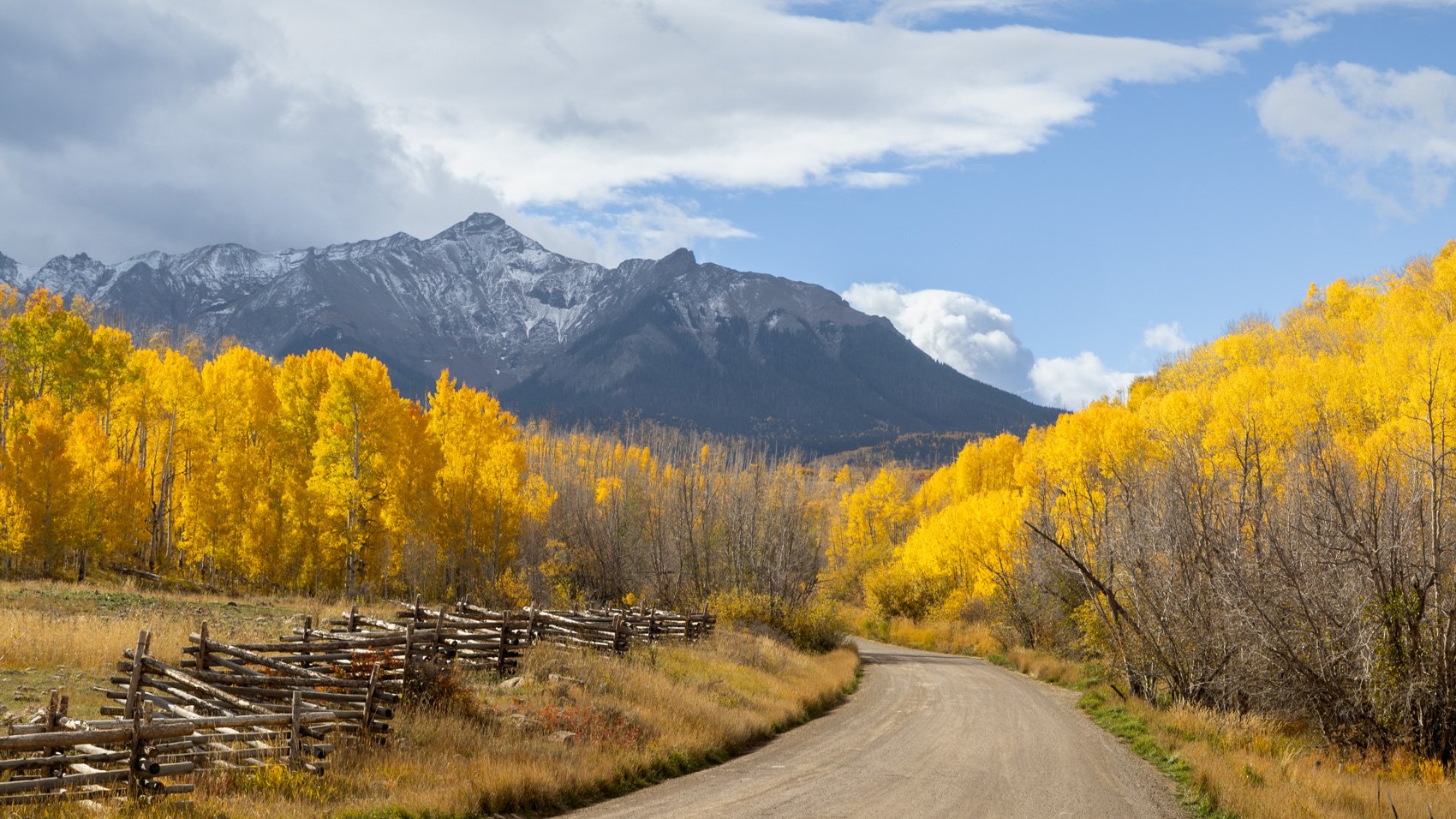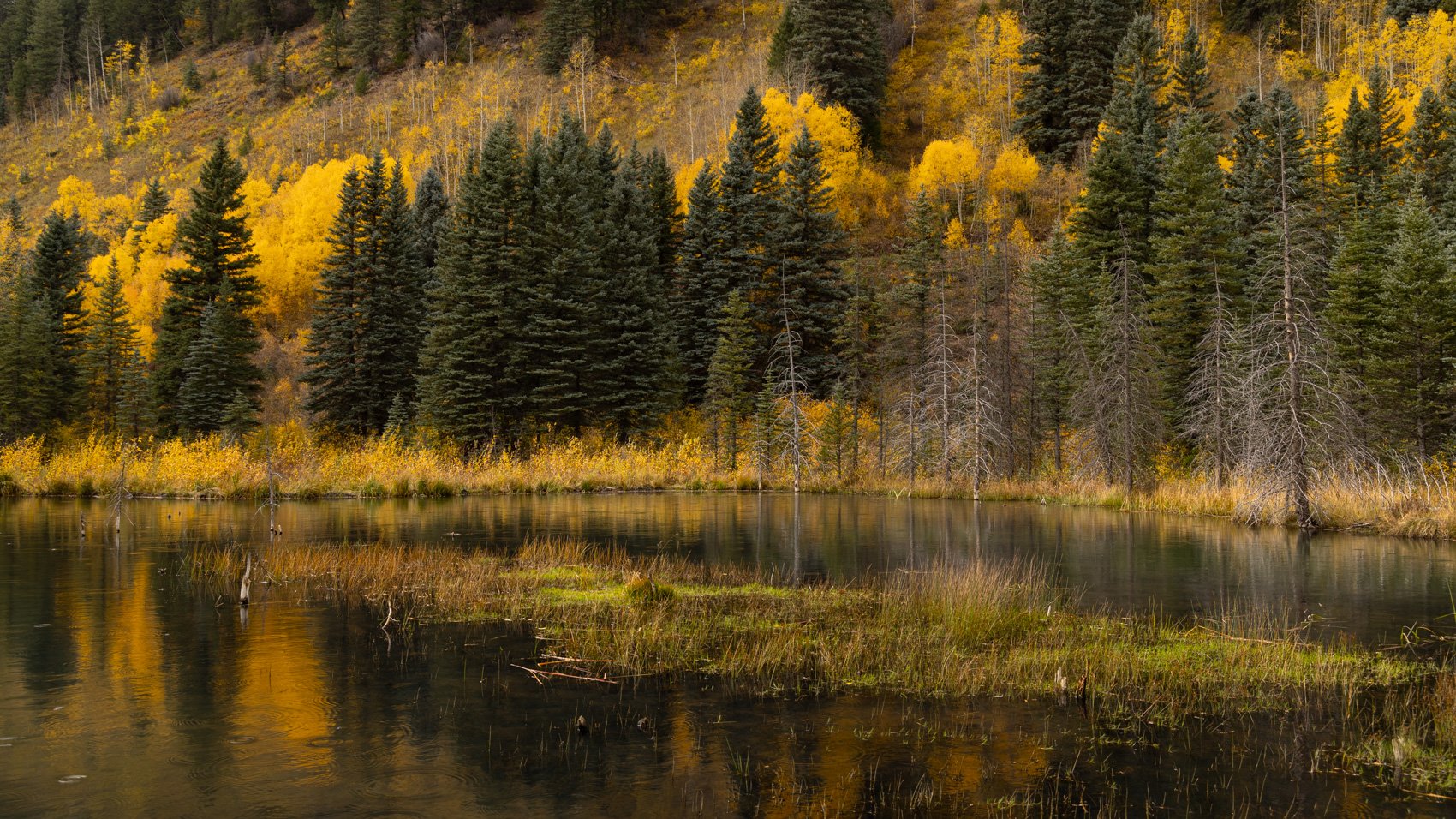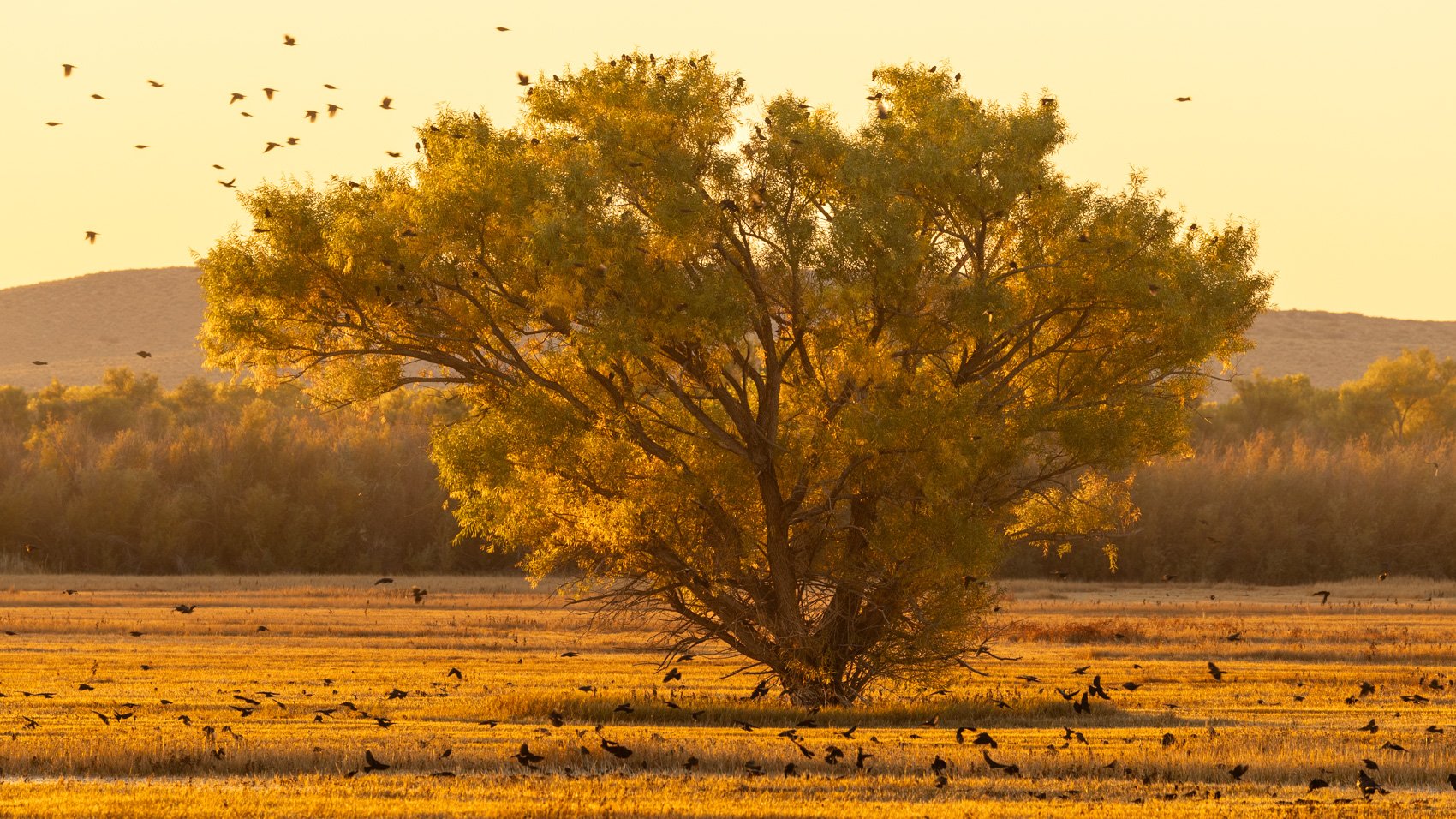On the east side of Rocky Mountain National Park and south of the heavily visited entrances near Estes Park is an area named Wild Basin.
A spring hike along trails up the North Saint Vrain Creek is filled with frogs calls, squirrel chatter and bird song.
Dark-eyed Junco
The pines rise far above you. A moose was too hidden to photograph, but the trees provide patient subjects.
You can stop along the trail to enjoy Copeland Falls.
And sit by the falls to enjoy the rock shapes, the lichens on them, and the water flowing over and around.
The trail continues climbing upstream along the creek. Around 9,000 feet elevation, the ground is covered with snow, and you come to Calypso Cascades.
Another chance to enjoy the light playing on the rocks and the water.
Might that be a fish jumping in the water?
Time to head back downstream toward the trailhead, and through some aspen.
And revel in the tall pines.








